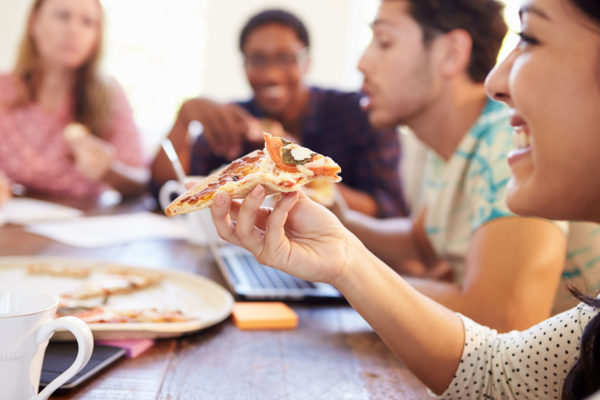THE BEST
“‘The State of Ramen” and How the Internet Changed Cooking
I’ve never met him, but I find that David Chang is successful, smart, savvy and all of the other good qualities that make him a great chef, great restaurateur, and great leader. He also has the Lucky Peach thing going on. Today, in celebration of its brand new website, he penned The State of Ramen, a short analysis of the ramen trend as he sees it, but a larger, symbolic take on how the internet has changed the business of cooking — specifically, the business of ramen. A few of my favorite quotes:
“That’s how it used to be before the Internet; you would still go to restaurants, look at their menu, and just imagine. You’d order ramen books from Japan and wait weeks for them to arrive, so you could pore over the photos from across the planet.”
“Now the Internet’s changed everything. People can get all the information they want instantaneously, and that has killed innovation in ramen.”
“Everyone is sharing the same experiences, but ramen is not supposed to be about that; it’s food for people that don’t want the same experience, that don’t want to be part of the mainstream. Even in Japan, cooks are returning to pure, clean, simple chicken ramen, because everything else has been done.”
He’s right, and this perspective is fantastic. I’m aware I’m vomiting fangirl all over the short article, but it encapsulates food trends, the way the internet has changed food trends and how we view food, and how this directly affects the people designing, preparing, and serving our meals in restaurants.
SMILE
The Bar with an All-Emoji Menu
HA, this was a matter of time, really. Fort Defiance, in Red Hook, Brooklyn, hosts a weekly tiki night calledSunken Harbor. Sunken Harbor’s new menu is written entirely in emoji. The drinks, many of them tiki classics, read a little bit like that game of Pictionary you played with your family over Christmas, and according to one manager/bartender: “I think we’ll let guests puzzle over it for a few minutes before we hand them the spelled-out menu.”
CROWDFUNDING
Roy Choi and Daniel Patterson’s Loco’l Seeks Backers
The fast food project Daniel Patterson and Roy Choi announced at this year’s MAD Symposium is looking for some support via crowdfunding site Indiegogo.
The project hopes to bring fast, affordable, and healthy food to underserved communities, beginning in San Franicisco’s Tenderloin neighborhood. They’re hoping to raise $150k to open the first restaurant. This is a great campaign from great food minds — if you’re into it, give their (quite thorough) business plan a read and consider a donation.
HUH
Another Urbanspoon Acquisition (again?)
Remember Urbanspoon? It started as a fun restaurant discovery app featured in some of the first iPhone commercials. (“Just shake your phone to discover a new spot!”) Apparently, it was just sold to a restaurant discovery startup in India looking to break into the US market. (IAC previously acquired Urbanspoon in 2009.)
To bring this edition of C+T full circle, let’s talk about restaurant discovery in 2015. Will setting some parameters and shaking my phone fulfill my deep desire to dine somewhere new in my neighborhood? Probably not. And if I really did have a deep desire to dine somewhere new in my neighborhood, there are approximately 20 different avenues to discover said restaurant (not limited to the following: flyers, walking past it, promotion on seven different food blogs, promotion from third-party food startups partnering with the new restaurant, inclusion on any number of BS “Best of San Francisco” lists, etc.)
Perhaps it’s an overly pessimistic view, but I can’t get excited about new technology in restaurant discovery. Anyone?
Digestifs
- Reserve is donating to local charity in support of San Francisco restaurant week. This is nice. —Reserve
- How to handle complaints in restaurants. (Spoiler: do NOT Yelp them.) — Washington Post



